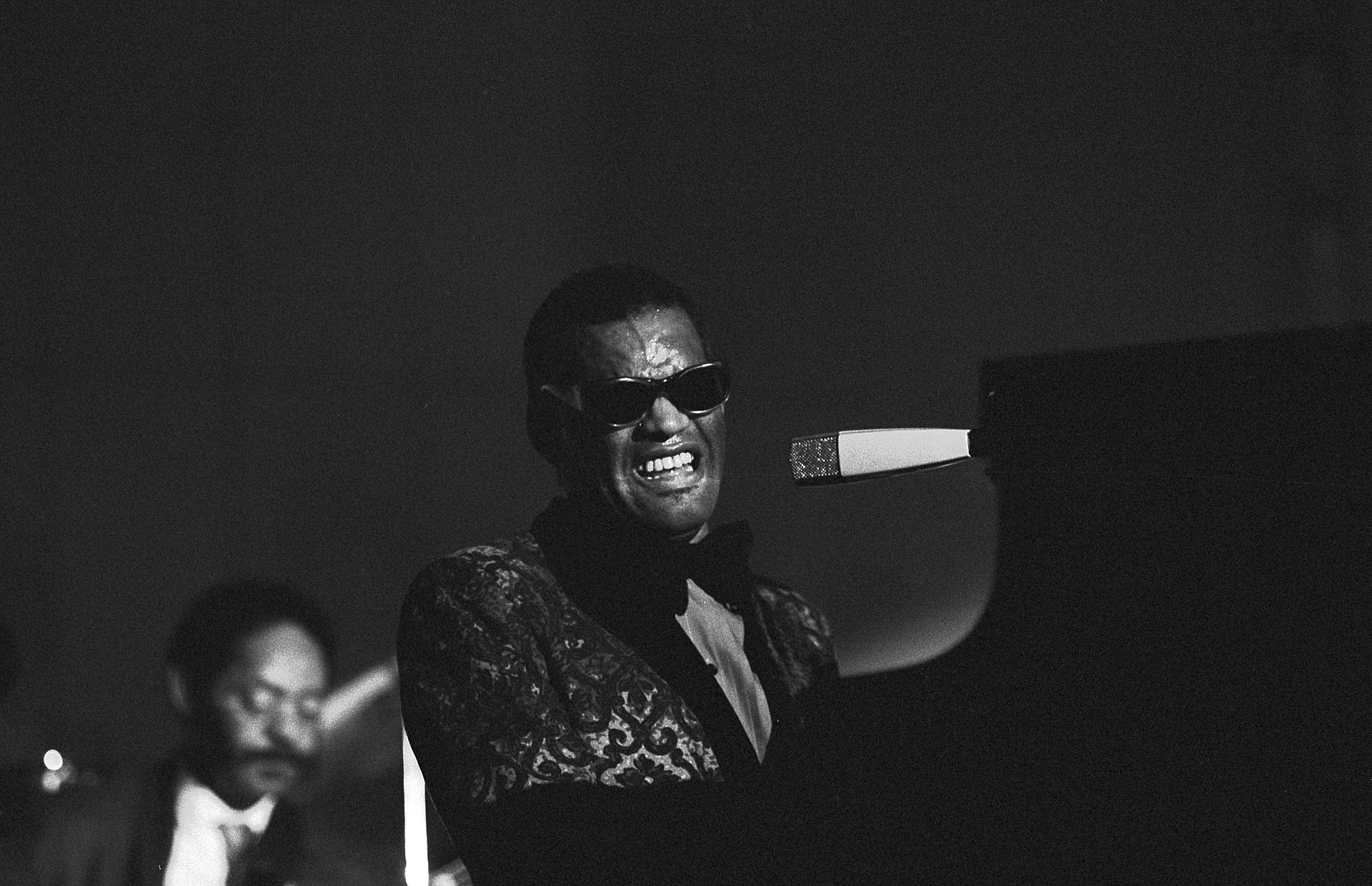
Piano, arranging, vocals, alto sax.
Born in Florida, Charles became blind in childhood due to glaucoma. In 1948, he came to Seattle from Tampa, Fla, with a guitar player named Garcia McKee and with bassist Milt Gerrad they got a regular gig as the McSon Trio at the Rocking Chair, on 14th Avenue South. Charles later commemorated the club with one of his first recordings, “Rocking Chair Blues.” In Seattle, he began a lifelong relationship with Quincy Jones, which resulted in, among other collaborations, the landmark album “Genius+Soul=Jazz.” Invited to Los Angeles to become a solo recording act, Charles left Seattle in 1950 and by 1954 had a hit, “I Got A Woman,” followed by the smash “What’d I Say,” in 1959. Charles only spent two-and-a-half years in Seattle but credited the city’s open-minded racial approach as a big influence on his outlook, which included recording everything from country and western music to “Alexander’s Ragtime Band.” Charles eventually occupied the kind of status Louis Armstrong enjoyed — a black musician untethered to genre or race.
Jackson Street After Hours (print). https://en.wikipedia.org/wiki/Ray_Charles https://www.historylink.org/File/5707